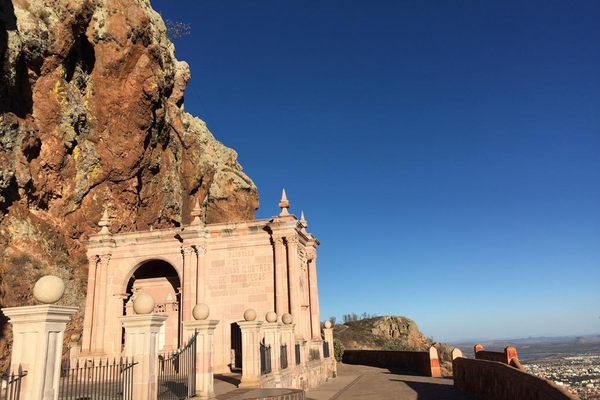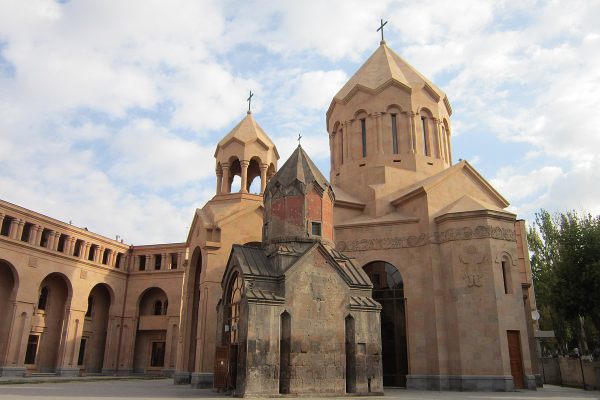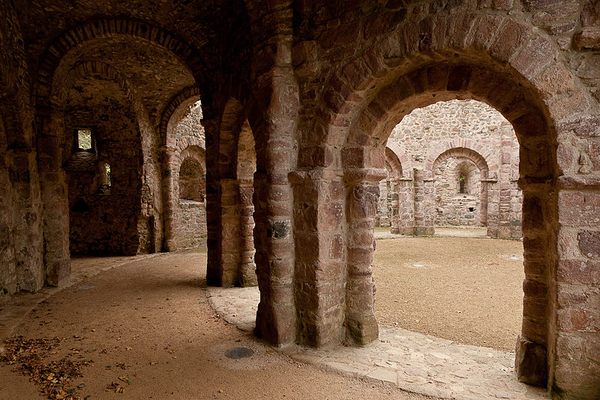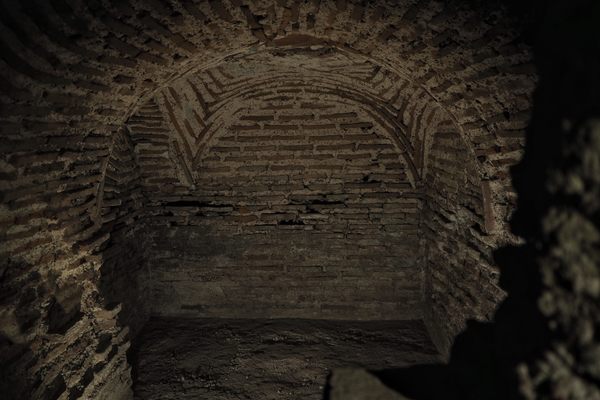Petroteca of San Agustín
Fragments of the former temple's lost facade are now displayed in a strange library of stones.
Today, the former Temple of San Agustín in Zacatecas, Mexico, is a gallery and museum. But hidden in the back is an unusual library of stones engraved with Baroque motifs. These quarried stones tell the story of the destruction and later discovery of the old church’s exquisite facade.
Zacatecas was known for being one of the richest regions in New Spain because of its silver mines. The Temple of San Agustín reflected this wealth and was said to be one of the most beautiful churches in all of the state.
In the aftermath of Mexico’s War of Reform in the 1850s, which saw the power of the Catholic Church reduced, churches throughout the city were converted for other uses. San Agustín was one of these, and to erase its Catholic past, city officials demolished its gaudy, Baroque features, including its exquisite facade.
For 90 years, no one knew what happened to the felled fragments of the facade. The church was put to many uses—as a canteen, a warehouse, a shoe shop, and even a bowling alley—and its Catholic history seemed destined to fade into the past.
It wasn’t until 1948, when engineers began demolishing the inner walls as part of a project to renovate the building into a cultural center, that the lost pieces of the facade were found. The workers discovered that the inner walls had been built with the old Baroque stones that once covered the former temple.
When the archaeologists got involved, they tried to rebuild the facade, but they soon realize it was too daunting of a puzzle, as many of the pieces were damaged. So instead, they created the Petroteca, a library of sorts where all the stones would be exhibited. It’s a bit surreal to see the broken bits of the facade tucked away on shelves, knowing the pieces were once part of something so impressive.























Follow us on Twitter to get the latest on the world's hidden wonders.
Like us on Facebook to get the latest on the world's hidden wonders.
Follow us on Twitter Like us on Facebook